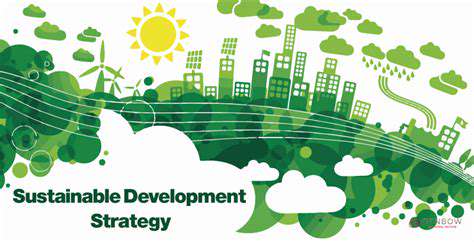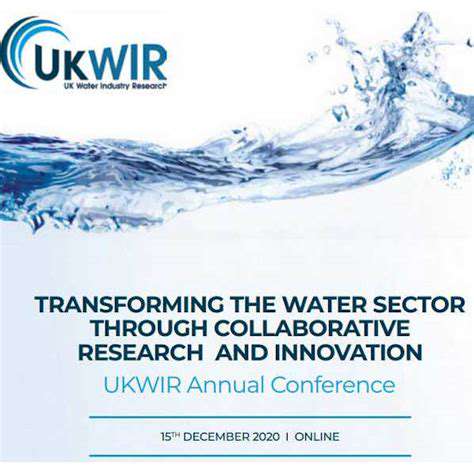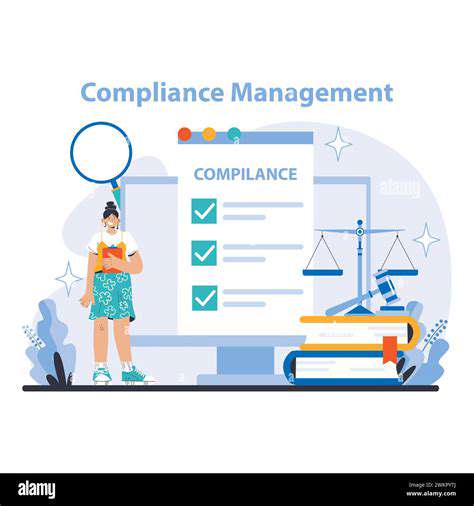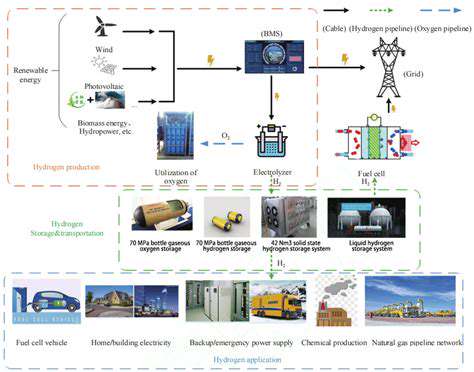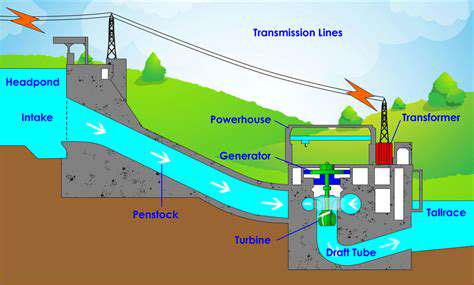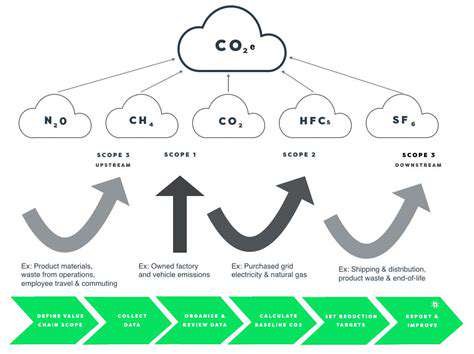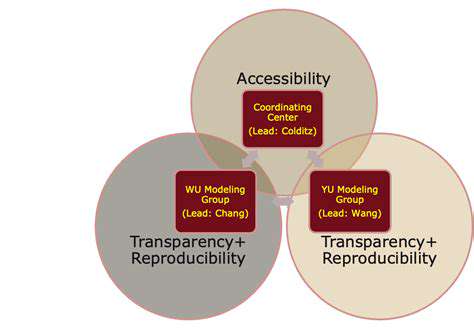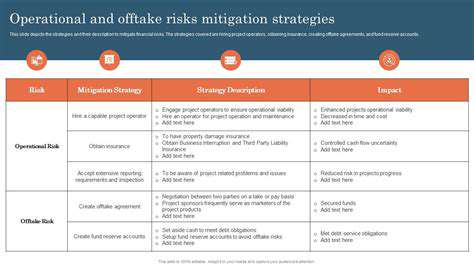Offshore Wind and Marine Ecosystems: Balancing Development and Conservation
Assessing the Potential Impacts on Marine Species
Potential Impacts on Fish Populations
Offshore wind installations may influence fish migration routes, potentially affecting their access to critical spawning and feeding zones. The initial construction phase introduces noise and sediment shifts, which can elevate stress levels and even lead to fatalities among sensitive fish species. Additionally, turbine foundations may act as unexpected barriers, modifying natural movement patterns and habitat use. Comprehensive studies are urgently needed to evaluate these effects and develop adaptive management approaches.
Habitat modifications resulting from offshore infrastructure warrant thorough investigation. Altered current patterns, increased water cloudiness, and the introduction of artificial structures could significantly influence fish survival rates. Researchers must prioritize examining effects on breeding grounds, juvenile development areas, and essential foraging zones while exploring innovative construction techniques to reduce ecological disruption.
Effects on Marine Mammals
Cetaceans and pinnipeds depend on precise acoustic environments for essential life functions. Turbine operations may inadvertently modify prey distributions while creating new navigational challenges. The persistent low-frequency sounds emitted during both construction and operation phases can mask vital communication signals, potentially undermining reproductive success and social behaviors.
Physical collisions between marine mammals and turbine components present serious welfare concerns. Strategic placement of installations outside migration corridors, combined with real-time monitoring systems, could substantially lower accident rates. Continuous field observations will help refine these protective measures as we better understand species-specific responses.
Impact on Seafloor Ecosystems
Bottom-dwelling organisms face immediate threats during turbine foundation installation. Sediment plumes from seabed preparations can bury filter-feeding communities, while permanent structures alter local hydrodynamics. These changes may redistribute nutrients and modify microhabitats that countless invertebrates rely upon.
Implementing multi-year monitoring programs before, during, and after construction will reveal the true scale of seafloor community disruptions. Special attention should focus on commercially important crustaceans and mollusks that support both ecosystems and fisheries.
Effects on Avian Marine Species
Coastal birds demonstrate particular vulnerability to offshore energy projects. Turbine blades present collision risks during poor visibility conditions, while construction activities may displace nesting colonies. Perhaps less obvious are the indirect effects - subtle shifts in fish distributions could force birds to expend more energy locating prey.
Innovative solutions like radar-activated warning systems and strategic operational timing during migration periods show promise. Detailed tracking of regional bird populations will help identify which species require special protection measures.
Evaluating Ecological Networks
The introduction of large-scale offshore infrastructure potentially fragments marine ecological connections. These artificial barriers may disrupt larval dispersal patterns and genetic exchange between populations. Maintaining these natural linkages proves critical for ecosystem resilience amid climate change pressures.
Sound Propagation Considerations
Underwater acoustic pollution presents unique monitoring challenges across different marine taxa. While some species demonstrate remarkable adaptability, others may abandon critical habitats due to chronic noise exposure. Developing species-specific sound thresholds and implementing quieting technologies during sensitive life stages could significantly reduce acoustic impacts.
Integrated Impact Assessment
Viewing wind energy projects in isolation fails to account for compounding environmental stressors. The interaction between renewable energy expansion, commercial fishing pressure, and oceanic warming creates complex management scenarios. Longitudinal studies tracking indicator species will provide crucial data for balancing energy needs with conservation priorities.
Cross-disciplinary collaboration must guide future development, incorporating real-time environmental data into adaptive management frameworks. Only through such integrated approaches can we truly reconcile clean energy production with healthy marine ecosystems.
